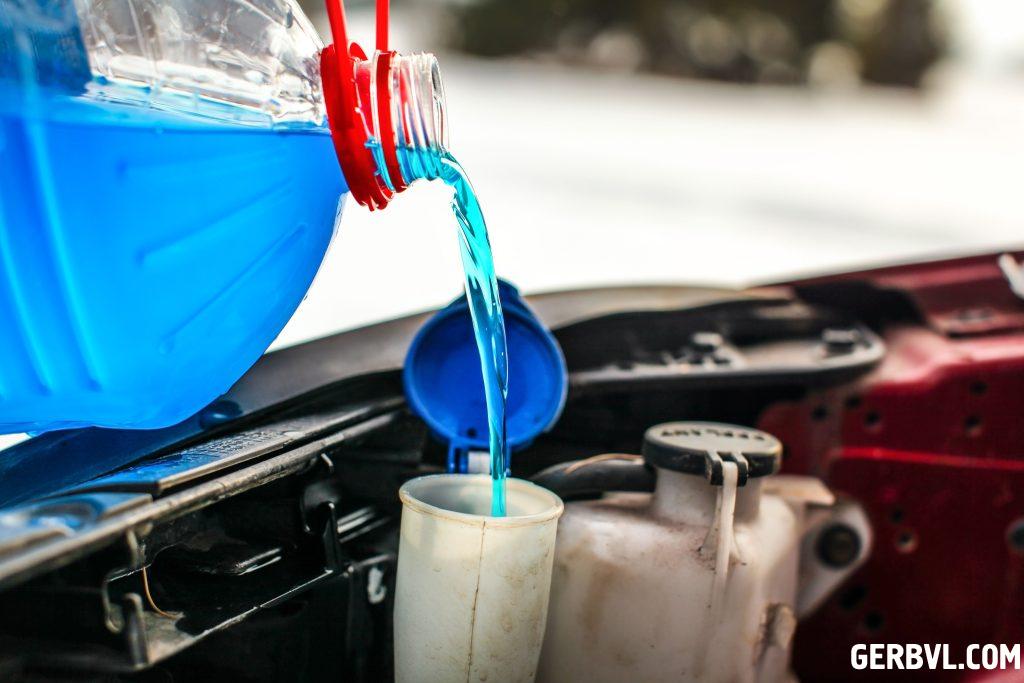One thing is certain in the world of antifreeze today: there is a lot of confusion when attempting to figure out what can function in your car! When cars were older (anything pre-1990), antifreeze was green, you mixed it 50/50 with tap water, and you were done for the day. These days, antifreeze comes in every hue of the rainbow, and people insist on things that you may and cannot do.

ANTIFREEZE TYPES
The first thing to know is that different kinds of antifreeze have different bases.
IAT antifreeze, or inorganic acid technology, is the term used to refer to conventional antifreeze, or the old green stuff. Phosphates and silicates were added to strengthen it; the main purpose of these additions was to reduce systemic corrosion. This was particularly crucial since the main thing that the coolant was shielding the cast iron engine blocks, heads, and other iron-based cooling system components from rust.
As more and more cars started using rubber seals and aluminum components in their systems in the 1980s, more issues started to arise. For instance, when silicates came into touch with aluminum, they produced enormous volumes of scale in the system, which exacerbated the cooling problems.
Conversely, phosphates eventually dried out and damaged rubber, including water pump seals. IAT antifreeze has a heavy breakdown life of 36,000 miles in the system, which leads to serious corrosive problems once the coolant starts to deteriorate. It degrades to such an extent that it can start consuming your system from the inside out by conducting energy through electrolysis! As a result, producers in Europe and Japan started developing Organic Acid Technology Antifreeze, or OAT.
OAT antifreeze is normally 5-7 years or 150,000 miles away from needing to be replaced. Depending on the brand, it can be silicate- or phosphate-free. When GM released Dexcool Orange on the American market in 1994, OAT antifreeze made its debut. Other producers started adjusting and improving OAT coolant using technology, offering coolant with longer replacement intervals of up to ten years, improved anti-corrosion capabilities, or was safer for the environment.
It is strongly advised to use the factory-specified coolant designed for the car rather than a “all makes” coolant since these coolants—Subaru Blue, Toyota Red, or VW / Audi G12, which is Purple—are significantly superior. These colors that the manufacturer added are essentially identifiers that tell you what is in your system right now.
They also serve as an easy way to identify the correct coolant and confirm that you are adding the correct components to your system. For example, if the reservoir on your Volkswagen appears purple and you add purple coolant designed specifically for VWs, it becomes extremely clear that everything is in order! This type of coolant is all either silicate-free,
